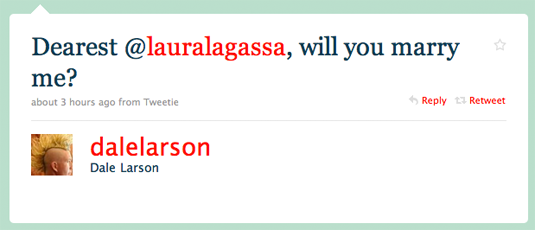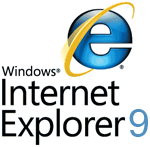 I’m happy to report that I spent Thursday night in the company of a couple of hundred old friends, new friends, people I’ve admired from afar and wanted to meet, and assorted members of the Technologizer community. Our Tech the Halls party in San Francisco was a blast–mainly because the folks who showed up were so darn interesting.
I’m happy to report that I spent Thursday night in the company of a couple of hundred old friends, new friends, people I’ve admired from afar and wanted to meet, and assorted members of the Technologizer community. Our Tech the Halls party in San Francisco was a blast–mainly because the folks who showed up were so darn interesting.
Oh, and the ones who stuck around until the end got to witness something pretty special. After we raffled off some prizes, our friend Dale Larson–who, among other things, was an Amiga engineer–sent a Tweet to his girlfriend Laura La Gassa from the stairs where we’d been giving away stuff:

Laura, you’ll be pleased to learn, replied thusly:

What we all saw wasn’t the first Twitter proposal, but it still felt like a little moment of history. Here’s a Tweetstream from party attendees with coverage of the memorable moment and the rest of the bash. Thanks to our sponsors–SugarSync, Marvell, Eastwick Communications, and Marketwire–for helping to make it all happen.

 When you think about it, every netbook to date has been misnamed: They’ve run traditional operating systems, and worked just fine even when you didn’t have an Internet connection. But netbooks based on
When you think about it, every netbook to date has been misnamed: They’ve run traditional operating systems, and worked just fine even when you didn’t have an Internet connection. But netbooks based on 
 Four months ago, Google announced it was
Four months ago, Google announced it was 
 As
As  “Unique” is one of the most overused words in tech, but it’s the only way to describe
“Unique” is one of the most overused words in tech, but it’s the only way to describe